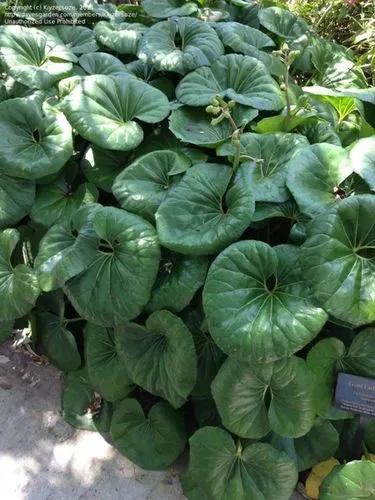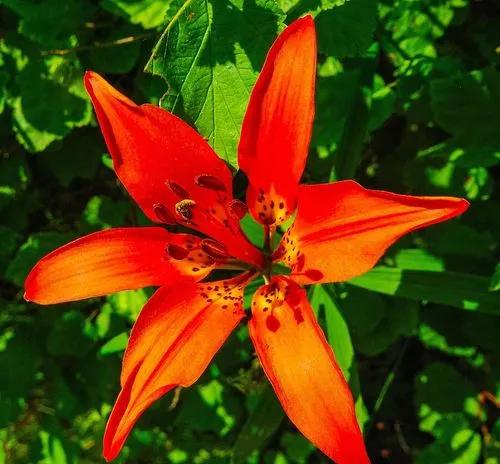Irga round-leaved is undemanding to growing conditions, is able to tolerate frosts normally down to -40 -50º С, and during flowering frosts up to -5 -7 º С. It grows well on soils of different composition and acidity, prefers a sunny place. Irga propagates by seeds, green cuttings and root shoots.Since the 16th century, irga has been cultivated as an ornamental plant in squares and gardens, including as an element for creating hedges. In the middle lane, it is distributed as a fruit and ornamental plant. Irga round-leaved is a good honey plant, in areas of mass growth it provides bees with an early spring honey flow.
Irga Round-Leaved Care
Amelanchier Ovalis



deciduous shrub or small tree 1-4 meters tall with a well-developed root system. The root system lies at a depth of 30-40 cm. The bark is olive to brown. The shape of the bush is slender, young branches are covered with whitish, slightly pubescent bark, old ones - with dark brown bark. Winter buds are ovoid, often hairy, 5-7 mm long. Leaves are ovate, with petioles 8-15 mm long.The inflorescence is a straight raceme and consists of snow-white flowers (from 3 to 10 pieces per inflorescence), which bloom in late April - May before the leaves appear. Irga is pollinated by insects. During the flowering period, the plant serves as a source of nectar for several species of butterflies. The fruit is a black-blue berry with a bluish waxy coating, 5-15 mm in diameter. Ripens in August - September.
How to Care for the Plant

Popularity

497 people already have this plant 146 people have added this plant to their wishlists
Discover more plants with the list below
Popular articles






